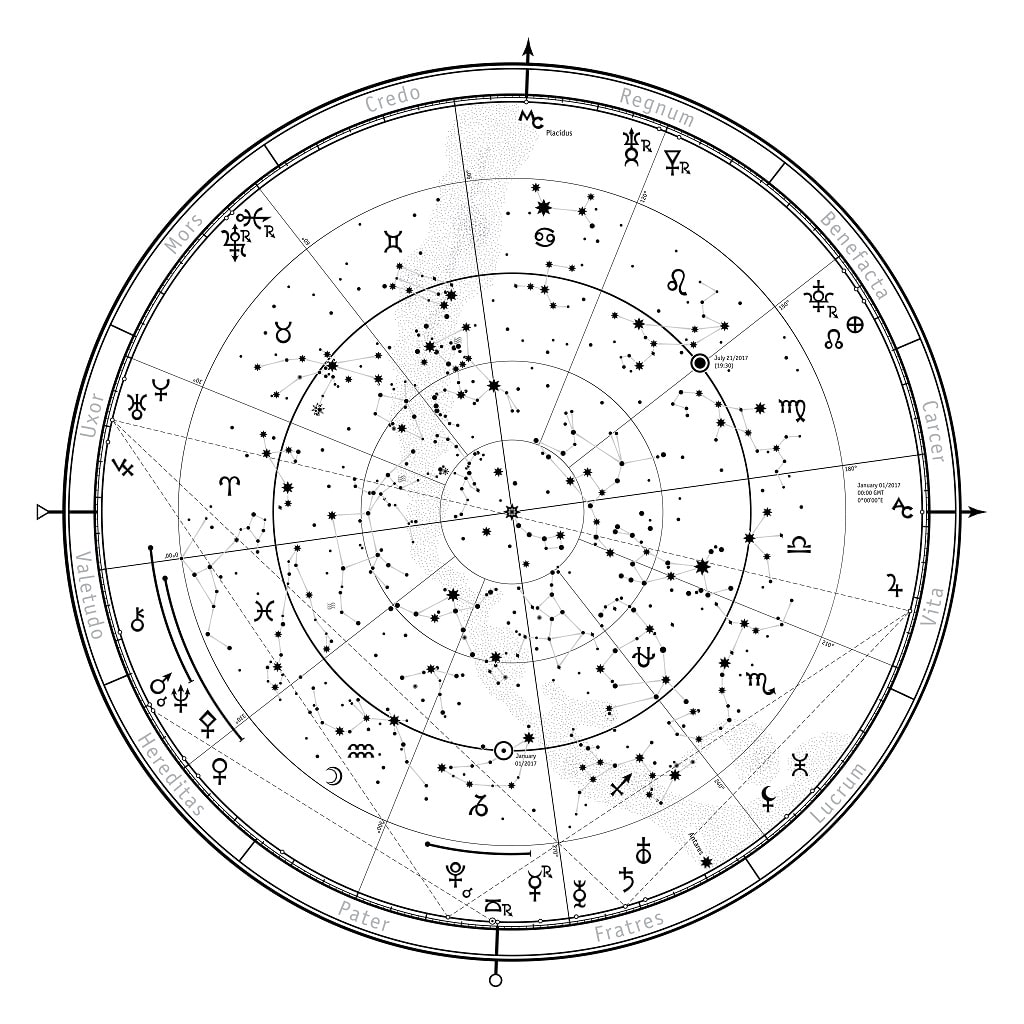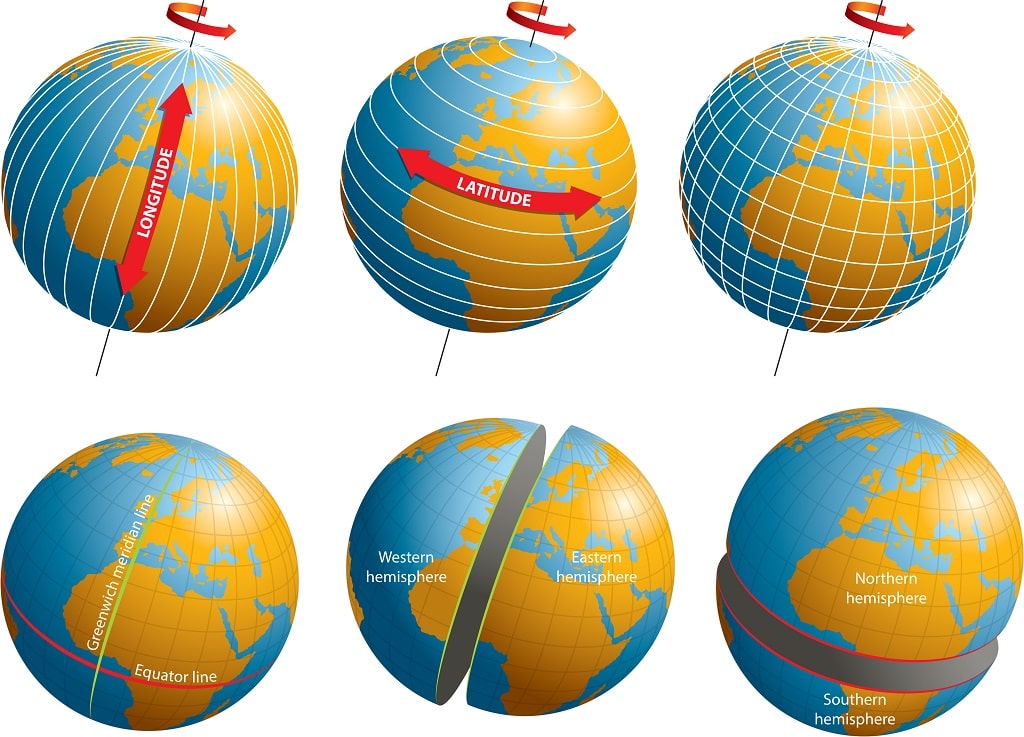Star Navigation Guide: How to Navigate by the Stars
In a time before modern technology, people used the stars to navigate their way around the world. It was a skill that was essential for explorers and traders alike. Today, star navigation is still used by sailors and pilots as a backup method in case of emergencies. And at Replogle Globes, our globes can be used to recreate the experience of star navigation for everyday people.
But how are stars used for navigation? If you’re interested in learning how to navigate by the stars, read on!
What Is Celestial Navigation?

Celestial navigation is a method of determining one’s position on the earth by reference to the positions of the sun, moon, and stars. With this method, as a navigator, you can determine your latitude (north-south position) by measuring the angle between the horizon and a selected celestial body.
You can determine their longitude (east-west position) by comparing local solar time with the time at which the selected celestial body is directly overhead at the prime meridian (0 degrees longitude). The history of celestial navigation dates back thousands of years, and it was used extensively by sailors until the late 20th century.
How to Navigate by the Stars in the Northern Hemisphere
In order to navigate by the stars in the Northern Hemisphere, there are multiple options available to you. Here are some!
Find the True North
There are a few different ways that you can use the stars to find true north. One method is to find the North Star, also known as Polaris (we’ve seen a lot of people searching “how to find the north star”). This star is located at the end of the handle of the Big Dipper, and it is actually a fairly close neighbor to our own sun. Polaris can be used to find true north because it remains in almost the same spot in the sky throughout the entire night.
You could also use Ursa Minor, which is the constellation containing Polaris, to find the true north. You can use the shape of Ursa Minor (which looks like a ladle) to easily spot Polaris and determine your direction.
Another way to find true north is by using Cassiopeia, which appears as an “M” or “W” in the sky depending on your position. While Polaris is located at the North Celestial Pole, Cassiopeia can be found opposite it at the South Celestial Pole. By connecting these two points in the sky, you will find your true north. Using constellations to navigate is sometimes referred to as “star hopping”.
With any of these methods, it is important to remember that the stars move throughout the night, so you will need to adjust your sighting accordingly. Nevertheless, using the stars is a good way to find your bearings in numerous situations. There are apps, star charts, and celestial globes available to help you with navigation by the stars.
Find Your Latitude

Another option for navigating by stars is to find your latitude. To do this, measure the angle between the horizon and a star that is directly above you. The measurement can be taken with a sextant or an astrolabe. However, if you don’t have access to these navigation tools, you can also use a protractor.
Using this method is fairly straightforward. Simply hold the protractor in front of you, align it to true north, and record the angle that is between a star and the horizon. This angle will give you your latitude!
But if you don’t have access to the tools, no biggie!
You can also use your fist to estimate the angle between a star and the horizon. Just hold your arm out in front of you, close your fingers tightly together, then count how many fists fit between the star above you and the horizon. Each fist will represent an angular measurement of 10 degrees, giving you an approximate measure of latitude.
Find the South
Finally, you can also use the stars to find the south. To do this, locate the constellation Ursa Minor (the Little Dipper) in the night sky. This constellation is located near Polaris, and it looks like a small ladle or cup with two stars at the end of the handle.
Once you have found Ursa Minor, find the star at the tip of the handle and draw an imaginary line down from that star toward the horizon. Where this line meets the horizon is south! Knowing south can be extremely useful if you need to orient yourself before setting off on an adventure (or during!).
How to Navigate by the Stars in the Southern Hemisphere
If you’re in the Southern Hemisphere, don’t worry! You can still use the stars to help find your way.
Find the South Using the Southern Cross
In the Southern Hemisphere, the best way to find the south is by using the Southern Cross. The Southern Cross is a constellation that can only be seen in the southern night sky. It is made up of four stars: Alpha Centauri, Beta Centauri, Gamma Centauri, and delta Centauri.
To find south using the Southern Cross, first locate the two brightest stars in the constellation, Alpha Centauri and Beta Centauri. Then draw an imaginary line from Alpha Centauri to Beta Centauri. This imaginary line will point roughly toward the south. To be more precise, you can extend this line until it intersects with the horizon. The point where the line intersects with the horizon will be due south.
How to Use Star Navigation in Both Hemispheres

To make it even easier, there are several stars that are visible in both the Northern and Southern Hemispheres. For example, Sirius (the Dog Star) is the brightest star in both hemispheres. You can use this star to locate south by drawing an imaginary line from Sirius to the horizon and noting where it intersects with the horizon. This will be south!
And Orion’s Belt is also visible in both hemispheres. In the Northern Hemisphere, you can use this constellation to locate the true north by drawing an imaginary line from Orion’s Belt to the horizon. In the Southern Hemisphere, you can use this method to find the south by doing the same thing: draw an imaginary line from Orion’s Belt to the horizon and note where it intersects with the horizon.
How to Navigate By the Stars Using Any Star in the Sky
With practice, it is possible to navigate using any star in the sky. Here are the steps involved.
To find your direction using any star, you will need two stakes and some string. Drive the stakes into the ground so that they are about three feet apart, then tie the string between them. Select a bright, easily visible star and align it with the top of the string.
After a while, our planet will have rotated so that the star is no longer in alignment with the string. Observe which direction the star has moved – if it has descended, you are facing west, and if it has ascended, you are facing east. And if the star has moved to the left, you are facing north and if it has moved to the right, you are facing south.
This method is a simple way to navigate using only the stars. Some stars are more useful than others since they are brighter and easier to find. In addition, certain stars appear in different parts of the sky at different times of the year, making them more useful for navigation depending on the time of year.
Conclusion
Star navigation is an amazing skill that has been used for thousands of years. With these simple tips, you can start exploring and learning more about the night sky and using stars to orient yourself!
Constellation globes in particular can be extremely useful visual aids to help you learn more about the stars and how they move in relation to each other. And with a little practice, it is possible to navigate using the stars in both hemispheres. So and get out there and start exploring!
Contact us for more information about globes.
